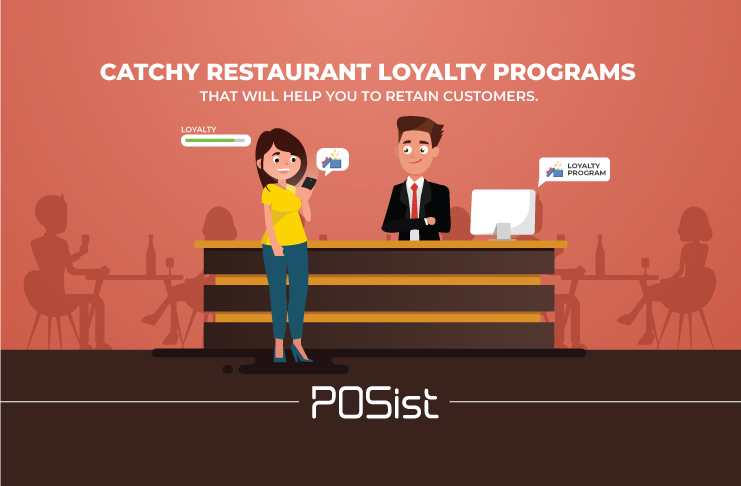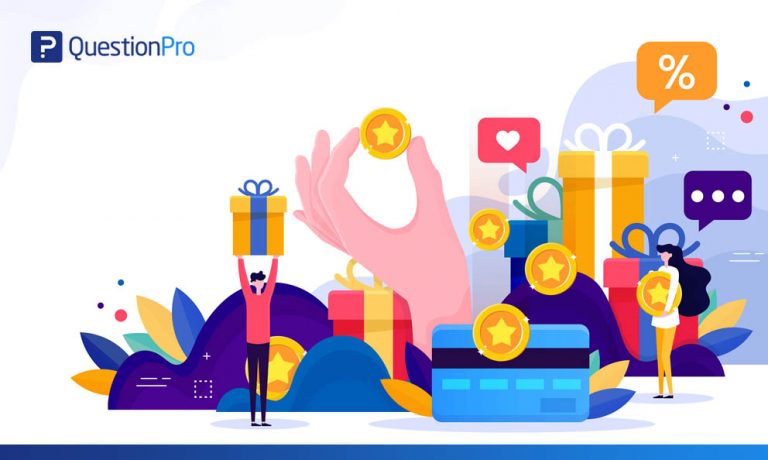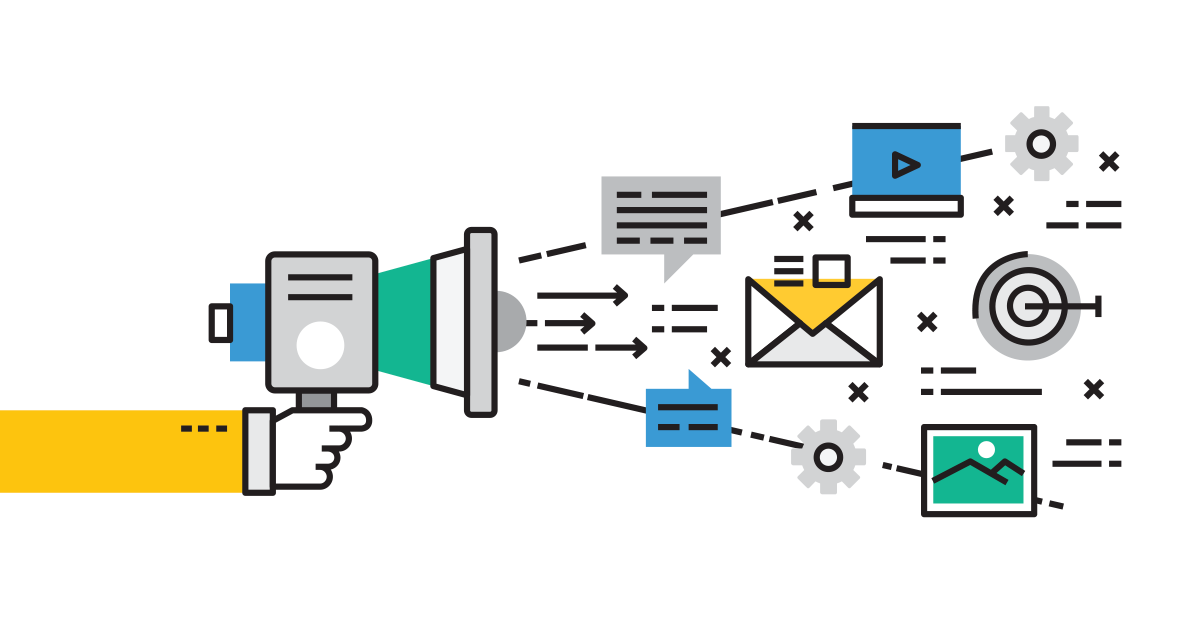All Categories
Featured
Table of Contents
In 11727, Lincoln Floyd and Camilla Trevino Learned About Business Owners

What if you could grow your business without increasing your costs? In truth, what if you could in fact lower your spending however increase your sales, every year? Would you do it? If you're a company owner, then you'll likely offer a definite 'yes', a basic answer to an even simpler concern.
A benefits program tracks and rewards particular spending behavior by the customer, supplying special benefits to loyal clients who continue to shop with a specific brand name. The more that the client invests in the store, the more benefits they receive. Gradually, this incentive builds devoted consumers out of an existing consumer base.

Even if you already have a benefit program in place, it's a good concept to dig in and totally comprehend what makes customer loyalty programs work, as well as how to execute one that costs you little cash and time. Don't worry, I'll help you with that. I'll break down the primary benefits of a loyalty program and the best methods to develop faithful customers.
Let's dig in. Client loyalty is when a customer go back to work with your brand name over your competitors and is largely affected by the positive experiences that the consumer has with your brand. The more positive the experience, the most likely they will go back to go shopping with you. Consumer commitment is extremely crucial to services because it will assist you grow your company and sales faster than an easy marketing strategy that concentrates on recruiting brand-new consumers alone.
A few methods to measure client loyalty include:. NPS tools either send out a brand performance survey by means of e-mail or ask clients for feedback while they are going to a business's website. This info can then be used to much better comprehend the possibility of customer commitment. A repurchase ratio determines the ratio of repeat buyers versus one-time purchasers.
Client loyalty index (CLI). The CLI tracks customer loyalty over time and resembles an NPS survey. However, it considers a few extra factors on top of NPS like upselling and repurchasing. These metrics are then used to assess brand loyalty. A consumer loyalty program is a marketing strategy that rewards clients who make purchases and engage with the brand on an ongoing basis.
Consumer benefits programs are designed to incentivize future purchases. This encourages them to continue doing organization with your brand. Customer loyalty programs can be established in many various ways. A popular client commitment program benefits customers through a points system, which can then be invested on future purchases. Another type of consumer commitment program might reward them with member-exclusive benefits or totally free presents, or it might even reward them by donating money to a charity that you and your consumers are mutually enthusiastic about.
In 91010, Avah Jordan and Jaylin Love Learned About Online Sales
By using benefits to your clients for being faithful and encouraging, you'll develop a connection with them, deepening their relationship with your brand name and hopefully making it less likely for them to switch to a rival. You've most likely seen customer commitment programs in your own shopping experience, whether at your preferred cafes or your most frequented supermarket.
But even if everyone is doing it doesn't imply that's an excellent adequate reason for you to do it too. The much better you understand the advantages of a consumer rewards program, the more clarity you will have as you develop one for your own shop. You won't be distracted by exciting advantages and complicated commitment points systems.
Remember: work smarter, not harder. Customer retention is the primary benefit of a benefits program that serves as a foundation to all of the other benefits. As you offer rewards for your existing consumer base to continue to buy from your shop, you will offer your store with a stable flow of cash month after month.
By growing your retention rate, you can stop spending as much time or cash on increasing your total variety of consumers. Why is this important? Faithful consumers have a higher conversion rate than brand-new customers, indicating they are most likely to make a transaction when they visit your shop than a new customer.
By increasing your retention rate by just 5 percent, you can increase your revenues by 25 percent and as much as by 95 percent. Needless to state, your retention rate matters. Secret Takeaway: If you want to significantly increase your profits, provide rewards for your existing customers to continue to patronize your shop.
And you won't have to spend cash on marketing to get them there. Consumer acquisition (aka generating new customers) takes a lot of effort and money to encourage total strangers to trust your brand, pertained to your store, and attempt your products. In the end, any cash made by this brand-new consumer is overshadowed by all of the cash invested in getting them there.
Key Takeaway: If you wish to decrease costs, concentrate on client retention rather of consumer acquisition. When you concentrate on providing a favorable individualized experience for your existing clients, they will naturally tell their loved ones about your brand name. And with each subsequent transaction, loyal clients will inform even more individuals per transaction.
In Herndon, VA, Maggie Hatfield and Hallie Moses Learned About Current Provider
The very best part? Because these brand-new consumers came from trusted sources, they are more likely to turn into loyal clients themselves, investing more on typical than new clients generated by other marketing efforts. The Chase Ultimate Rewards program, for example, uses major perks for people who take a trip a lot.
The 'supreme benefits' that Chase cardholders receive include 2x points per dollar invested on all travel purchases along with main rental automobile insurance coverage, no foreign transaction fees, journey cancellation insurance coverage, and purchase security. For people who take a trip a lotand have disposable earnings to do sothere is an enormous reward to spend money through the ultimate benefits program.
This entire process makes redeeming benefits something worth extoling, which is precisely what lots of cardholders end up doing. And to assist them do it, Chase offers a reward for that too. Secret Takeaway: Make it simple for your customers to brag about you and they will get the word out about your store for totally free.
As soon as you get the basics down, then using a commitment rewards app can help take care of the technical information. Here are the actions to get going with producing your consumer loyalty program. No client wishes to purchase items they do not want or need. The very same chooses your loyalty program.
And the only method to tailor an irresistible consumer loyalty program is by thoroughly understanding your customer base. The very best method to do this? By implementing these strategies: Develop customer contact information any place possible. Ensure your company is constantly building an in-depth contact list that permits you to gain access to existing clients as often and as easily as possible.

Track consumer habits. Know what your consumers want and when they desire it. In doing so, you can anticipate their desires and requires and supply them with a loyalty program that will satisfy them. Classify consumer personal traits and choices. Take a multi-faceted approach, don't limit your commitment program to just one avenue of success.
Encourage social media engagement. Frame techniques to engage with your clients and target audience on social networks. They will quickly supply you with really informative feedback on your product or services, permitting you to much better understand what they anticipate from your brand. When you have exercised who your consumers are and why they are working with your brand, it's time to decide which kind of loyalty rewards program will encourage them to remain devoted to you.
In 90260, Rocco Zamora and Yareli Hampton Learned About Loyal Customers
However, the most common consumer commitment programs centralize around these main ideas: The points program. This kind of program focuses on rewarding clients for each purchase they make with points in a point system. These points can then either be used on future purchases or put towards some form of benefit.
The paid program. This type of program requires consumers to pay a one-time or yearly cost to join your VIP list. Commitment members who belong to this list have the ability to gain access to unique rewards or member-exclusive benefits. The charity program. This type of program is a little bit different than the others.
This is achieved by encouraging them to do business with the brand and, in return, their commitment will be rewarded with a contribution to a charity. The tier program. This type of program focuses on increasing levels of brand name commitment. The more faithful a customer is to a brand name, the greater tier they will climb to and the much better the rewards they will get.
This type of program is simply as it sounds, where one brand name partners with another brand name to supply their collective audiences with special member discounts or offers that they can redeem while working with either brand. The community program. This type of program incentivizes brand loyalty by offering its members with access to a similar neighborhood of people.
This type of program is fairly similar to paid programs, nevertheless, the subscription fee takes place regularly instead of a one-time payment. Next, choose which client interactions you 'd like to reward. Base these benefits around which interactions benefit your organization the many. For instance, to help your business out, you can offer action-based benefits like these: Reward clients more when doing organization with your brand name throughout a sluggish duration of the year or on a notoriously sluggish day of service.
Reward clients for engaging with your brand on social media. Incentivize certain items you are attempting to move quickly. Incentivize purchases that are over a particular dollar quantity. The concept is to make your customer loyalty program as easy as possible for your customers to utilize. If your customer loyalty program isn't staff friendly, isn't easy to track, is too expensive to run, or isn't easy for your customers to use or understand, then staff and consumers alike probably will not make the most of it.
To get rid of these barriers to entry, consider incorporating a client loyalty software that will help you continue top of all of these aspects of your program. Some quality customer program software consist of:. CandyBar is a digital punch card program. It works by tracking your customer's purchases through an app on a computer system, phone, or tablet.
In 7076, Maritza Gibbs and Christopher Sutton Learned About Target Market
Commitment members can then check their rewards via text message and company owner can use the program to call their consumers. Yotpo. Yotpo is a cloud-based client loyalty platform solely for eCommerce businesses. This software is particularly excellent at gathering every type of user-generated content, handy for customizing a much better client experience.
Loopy Loyalty is a helpful customer commitment software for companies that mainly utilize Google Wallet or Apple Pay as their payment platforms. The software produces a digital loyalty card that sends out push notifications to their consumers' phones when they are in close proximity to their physical shop. As soon as you have actually taken the time to decide which client loyalty methods you are going to execute, it's time to begin promoting and registering your first loyalty members.
Usage in-store ads, integrate call-to-actions on your site, send promos through e-mail newsletters, or upload promotional posts on social networks to get your consumers to sign up with. It is very important to comprehend the primary advantages of a customer rewards program so that you can produce an individualized experience for both you and your customer.
Consider it. You understand what kinds of products your customers like to purchase but do you know what brings them back, day after day, week after week? What makes them choose your store over the shop across the street? What makes them your client and not the customer of your greatest rival? Remarkably, the answers to these concerns do not come down to discount costs or quality products.
Table of Contents
Latest Posts
Web Design - Linkedin Learning, Formerly Lynda.com Tips and Tricks:
Html Responsive Web Design - W3schools Tips and Tricks:
Web Design - Linkedin Learning, Formerly Lynda.com Tips and Tricks:
More
Latest Posts
Web Design - Linkedin Learning, Formerly Lynda.com Tips and Tricks:
Html Responsive Web Design - W3schools Tips and Tricks:
Web Design - Linkedin Learning, Formerly Lynda.com Tips and Tricks: